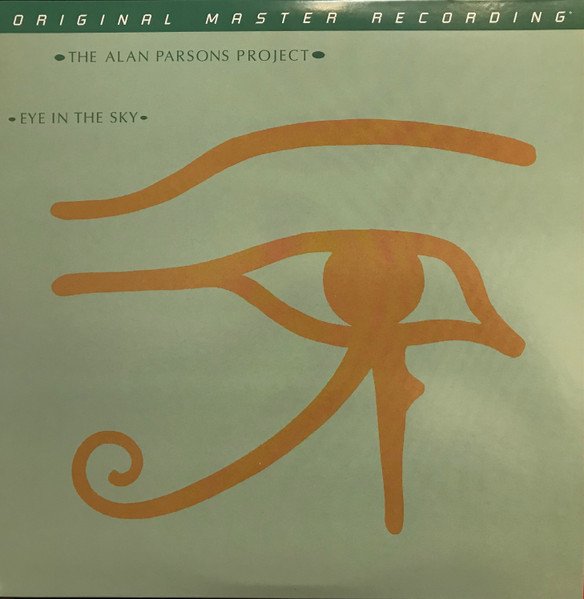
The Alan Parsons Project
Eye in the Sky
Mobile Fidelity Sound Lab – MFSL 2-500, Arista, (2022, June), promo. Originally released on Arista – 204 666 (UK) (1982, May).
Ratings:
- Global Appreciation: 9.6
- Music: B+ (8.7)
- Recording: 9.7
- Remastering + Lacquer Cutting: 9.8
- Pressing: 10
- Packaging: standard, non-laminated gatefold
Category: soft rock, art rock, prog pop, prog rock.
Format: Vinyl (2×180 gram LPs at 45 rpm).
“I can read your mind”
Rare are the names that evoke as much respect in the fields of recording engineering and music creation as Alan Parsons.
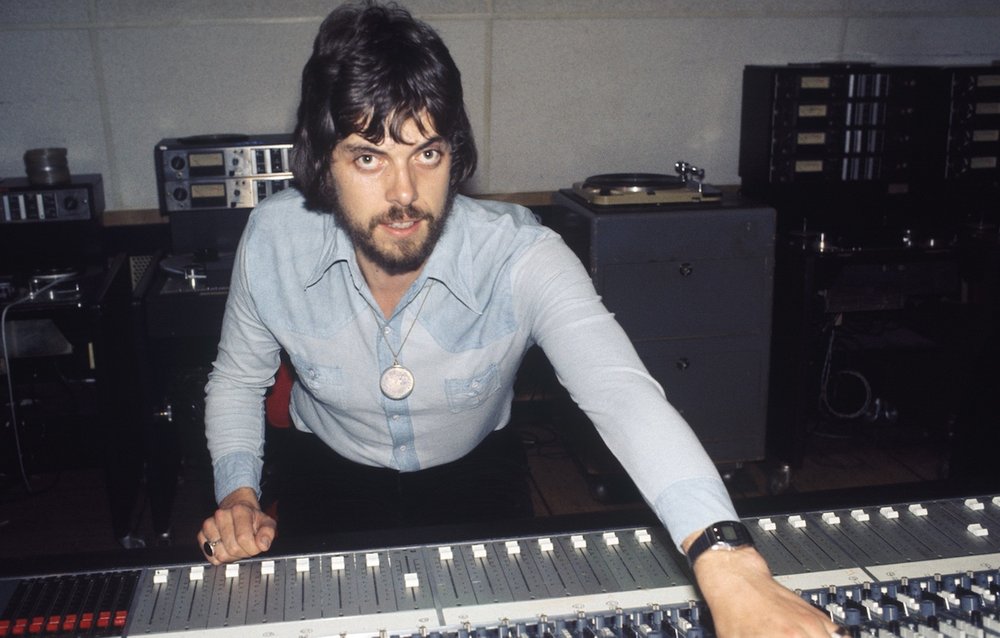
Having cut his teeth at age twenty as an assistant engineer on none other than the Beatles’s Abbey Road and Let It Be sessions, Parsons truly rose to prominence by engineering the landmark rock and audiophile favourite, Pink Floyd’s The Dark Side of the Moon. Pink Floyd wished to keep him to work on Wish You Were Here, but Parsons had ‘Projects’ of his own in mind.


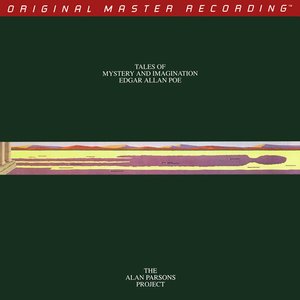
It took a few tales of the imagination to get the motor running, but with Eric Woolfson, Andrew Powell, and a host of other musicians from Pilot and Ambrosia on board, there was no mystery as to where this train was headed.
Inspired by writer and poet Edgar Allan Poe, the Alan Parsons Project’s 1976 debut stood out among the progressive art rock world, at times drawing from symphonic impressionism. Not wanting to repeat the same formula, Parsons pursued a different direction with what would turn out to be his lifetime masterpiece—1977’s I Robot. Both albums were remastered at some point by MoFi, with the debut on their 200g ANADISQ 200 series in 1994, and the latter on three separate occasions: in 1982 for the regular LP, 1983 for the UHQR series, and in 2016 as its first double-45 rpm release.
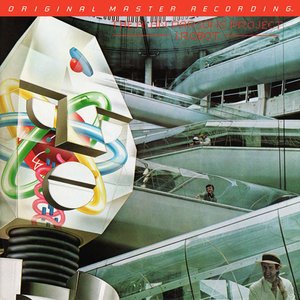


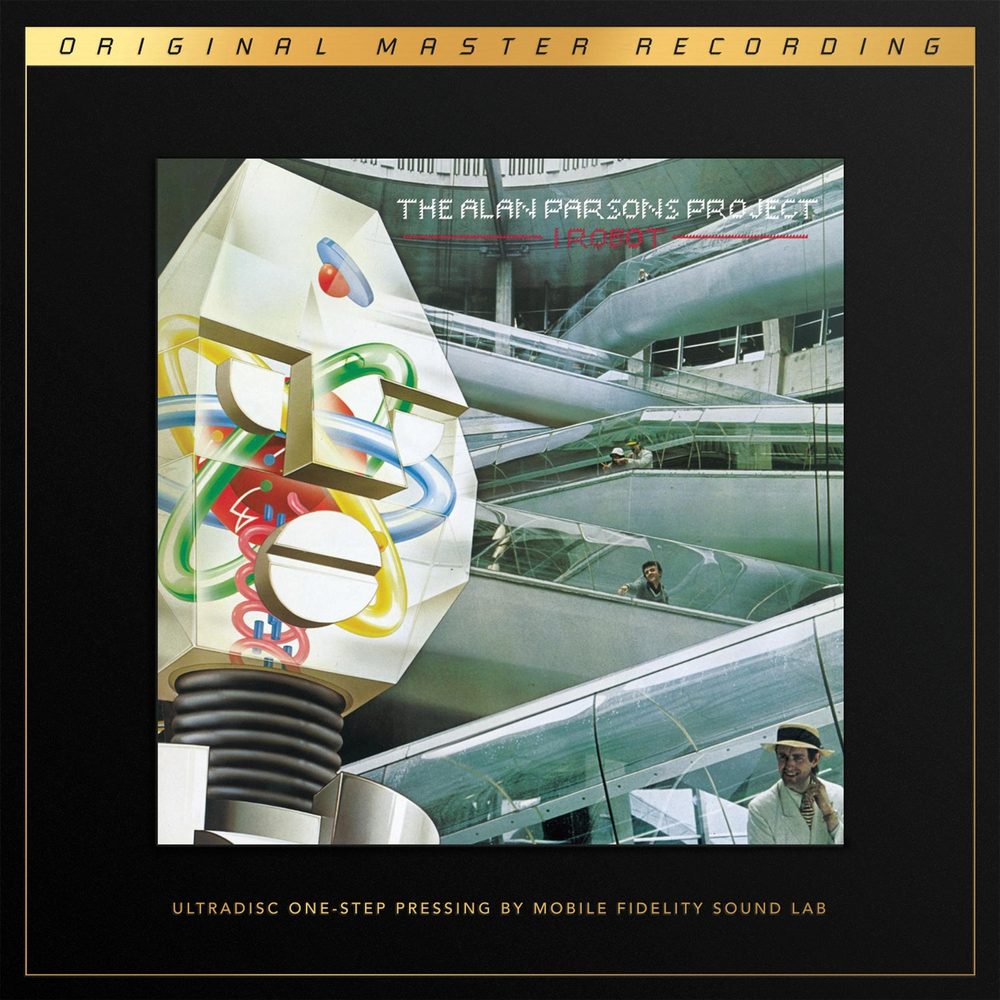
As if that wasn’t enough, two other versions of I Robot are already announced for future release in the form of MoFi’s UD1S “One Steps”. 1978’s Pyramid would be the last great, complex work by the group, and strangely has never been remastered on double-45 rpm by anybody. MoFi, are you listening?
Eve followed in August 1979, and, like most progressive bands, Alan Parsons Project tried to adapt to their drastic dwindling popularity amid the emergence of new wave’s shorter, simpler, and rawer music structure. Nevertheless, Eve spawned two hits—the incredibly infectious “Lucifer” and the devilish “Damned If I Do”.
The turn of the decade saw the release of The Turn of a Friendly Card, which carried the radio hit single “Games People Play”. The remainder of the album lacked memorable compositions and direction. Eye in the Sky was next in line and the last comeback before the steep decline in inspiration.
First released in May 1982, it was the sixth of eleven albums the Alan Parsons Project released. Though much less complex than previous Parsons projects, it does contain the band’s biggest hit—the title track. Naturally, Parsons produced and engineered the album, assisted by engineer Tony Richards. It was recorded on analog equipment, while mixed directly to digital tape with the digital master encoded by the then ubiquitous Sony PCM 1610 video tape-based system.

A 1/2″ 30 IPS analog master was also run simultaneously at the time, perhaps as a parallel backup tape, considering mixing and mastering in digital was still in its early years back then. All recording and mixing were done at Abbey Road Studios in London, UK.
*
Warning: The following text may contain strong opinions. Reader discretion is advised.
“Don’t leave false illusions behind…”
By now you must be aware that since the last trimester, Planet “Audiophile” Earth has been gyrating around one singularity: the discovery of DSD256 within the Milky Way MoFi universe. Yes, a black hole has been sucking positive energy all around us, disrupting the normal flow of electrons and positrons in our daily lives. Here is my take on the whole antimatter:
For us humans there are two things in life that are especially difficult to digest: the first is feeling deceived by a long-time partner in whom we put our trust; the second—and perhaps even harder for some to take—is having to admit that a preconceived conviction, as solid as it once seemed, may turn out to be unfounded. Each person will react differently but for me I was both shaken and stirred by the MoFi revelation.When such situations materialize, I try to search for a silver lining—and no, in this case I don’t mean a compact disc. Revisiting my vast collection of MoFi titles, I asked myself one simple question: Do they still sound as impressive as I found them in the past? And for the vast majority, the answer was a resounding yes! Of course, a few titles weren’t on the same sonic level as others, but that was always the case beforehand, just as with other competing labels. Granted, all this is a hard pill to swallow for some of us hardline analogue aficionados, but denying the truth would be merely lying to ourselves. So what is that ray of sunshine stemming from Orion you may ask? Given how I and so many others have, for years, never detected any digital trace while playing our favorite MoFis, that sunny ray is the sudden realization that digital, in certain forms, can not only sound extremely transparent, but, dare I posit, maybe even surpass the sound of pure analogue when both technologies combine forces. Thinking about it, there is an analogy here with “analogue” film; yes, the film is moving in a continuous motion but it is, in a sense, projecting a series of individual frame-samples of an everchanging event, at a typical rate of 24 frames per second. Sound familiar? And does anybody look down on visual cinematic masterpieces such as Lawrence of Arabia simply because they’re played back via assembled frames?
Comparisons…
I do not have the original UK in my collection but do have a Canadian first press in mint condition bought when first released. It has a regular LP jacket but with a gold leaf for the eye motif. The matching green paper inner sleeve has the lyrics on one side and the credits on the flip side. Typical for the period, the vinyl is quite thin and floppy, probably around 120 grams, and both sides are visually similar with approximately a half-inch of dead wax.

On the other hand, MoFi’s cover is a sturdy, non-laminated gatefold housing both 180g, 45 rpm-cut LPs, with lyrics and credits gold-printed on the interior. It would have been nice had they also added that gold leaf to the eye motif as a subtle clin d’oeil to the original artwork.
The artwork follows MoFi’s typical jacket presentation, which, when first introduced circa 2005, was superior to other remastering labels. Today, in 2022, the game has changed and MoFi faces strong competition from the likes of Tone Poet and Acoustic Sounds, which boast laminated gatefolds with beautiful internal photos.
Methodology…
As their source, engineer Krieg Wunderlich, assisted by Rob LoVerde, used the original 1/2″ 30 IPS analogue master (not the original PCM 1610 digital master), which they converted to a DSD256 format. This was then passed through their analogue console to the cutting lathe. Plating and pressings were done at RTI in California and the records inserted in MoFi’s standard HDPE inner sleeves, as well as a folded paperboard displaying the company’s releases. As usual with MoFi, the original label is replaced by their ubiquitous black one that now sports a green trim at the top. The vinyl was shiny, well centered, and dead silent throughout playback.

I always felt that the 1982 Canadian pressing was fairly good sounding and above average for that period. Studios were generally introducing more digital equipment and the music industry as a whole headed towards a higher level of dynamic compression before hitting the true loudness wars of the 1990s and beyond. That said, I did find that the tonal balance was close to neutral but a bit thin in the kick drum and bottom end, plus the upper mids were a bit too high in level due to some over-compression, which discouraged cranking up the volume during listening. The soundstage was excellent and well balanced, as expected from an Alan Parsons production. Musically, I liked a lot the title track and its intro “Sirius”, as well as the instrumental “Mammagamma”, which resembles Pink Floyd’s “Run Like Hell” from The Wall, but I felt the remaining songs lost my interest for some reason compared to Parsons’s earlier musical compositions.
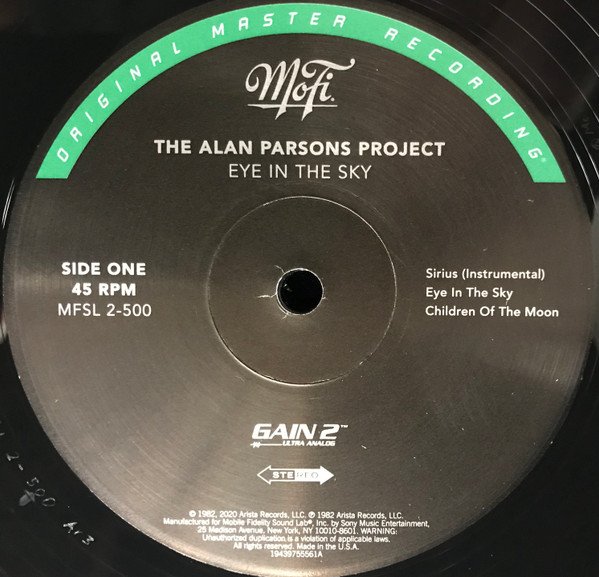
“And I don’t need to see anymore to know that…”
Simply put, this latest MoFi blows my mind and stomps all over the Canadian first press. From the onset, the first low vibration fades in and it is as if I energized my sub—the thing is I don’t own a sub! Even at a low level you feel the deep low end and subsequent crescendo recalling the first time I witnessed the THX Deep Note intro in a wonderful-sounding THX-certified cinema. Then the famous Fairlight CMI-sampled clavinet riff-loop makes its entrance. This, in turn, is followed by the fade in of the powerful kick drum dead center stage that is punchier than in the Canadian first press. The guitar strikes’ every eight-beat intervals are more dramatic also; hi-hat comes in, then snare, and strings. It’s as if the Romans are entering the Colosseum. The soundstage expands in all directions, the height seems to have no limit, my whole 700 square-foot basement audio room transforms into a virtual hologram awash in sound. Electric guitar enters and cuts in at just the right level, then fades out, leaving us with only the nearfield quick-panned synth delay over a black background sucking the air around us. We segue into the title track, and a huge sound bed appears that Goldilocks would pronounce as “just right”, bearing the sonic hallmarks of JBL 4520 scoops sporting alnico woofers and horn lens tweeters playing in late-1970s discothèques. The snare has the perfect proportion of fast attack to get your foot tapping, and slow release to prolong the pleasure and create breathing space within the mix and rhythmic flow, i.e. what engineers call the ADSR sound parameters. The vocals come in at just the right level and warmth to communicate the singer’s emotional disillusion and detachment regarding his relationship. It’s easy to distinguish the difference in timbre of the back vocals vs Woolfson’s lead even during the overdubs. The quick snare roll after “I can cheat you blind” has that realistic snap,while the floor drum displays that thud you get with a firm tightened drum skin—these kinds of details are what separate the big boy remasterers from the rest.Just like MoFi’s previous I Robot double-45 rpm release, the tonal balance is full range and dead on, so much so that there is zero ear fatigue, sometimes leading to high volume levels over 90dB at the listening chair without me ever realizing it! Paradoxically the whole presentation sounds buttery smooth, yet the rhythmic fabric remains intact and the pace does not slow down. The overall sound is full, warm, and lush, but never dull. Needless to say, I’m in ecstasy! “Children of the Sun” syncopates snare and hi-hat at breakneck speed with kick drum marking the metronomic pulse. It progresses into symphonic royalty and a military march that lets you feel the boots on the ground stomping on your doorstep.
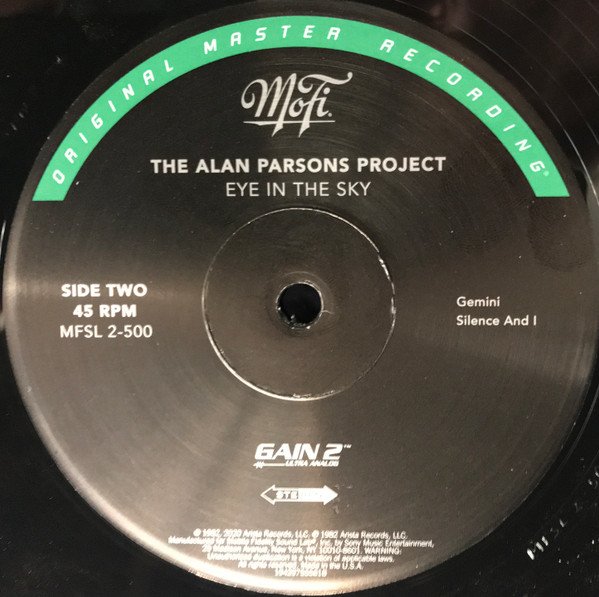
Side B’s “Gemini” melts in your ears as the celestial voice canon builds up with added reverb. The vocal envelope is truly heavenly and hints at the Beach Boys’ Pet Sounds album. “Silence and I” starts out smooth at the piano, adds vocals and strings. Slowly the song structure gains grandiose heights, then abruptly shifts tempo the likes you’d find in a Riverdance musical, then switches to cinematic French horns which sound absolutely Romanesque and riveting in realism.
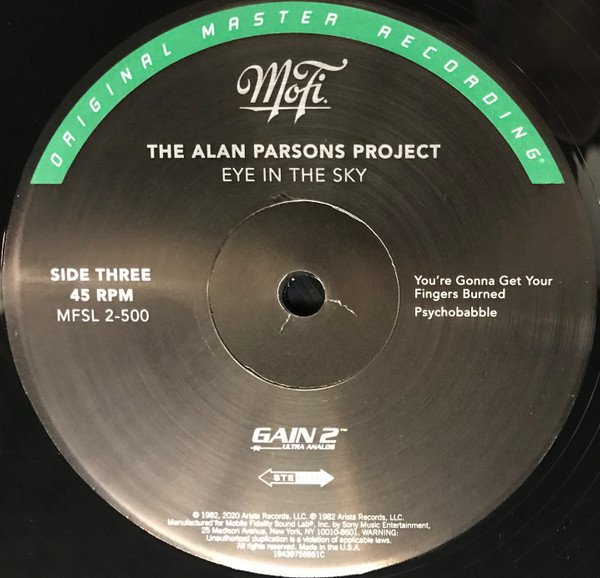
I won’t elaborate regarding the sound of the rest of the album beyond saying it is one of the most uniform pop/rock recording and mastering jobs I have ever heard, with the lone exception of side C’s “You’re Gonna Get Your Fingers Burned”, which, unfortunately, was highly compressed on the master, making it too loud and a touch fatiguing compared to the other tracks. Because of this, my only minor criticism is that MoFi did not lower the average level on this one to subjectively match the loudness level of the other tracks that are much more dynamic, to avoid my having to readjust the volume before and after the song plays. Musically, it doesn’t seem to integrate well either, as if somebody suggested, “guys, we need a commercial guitar-driven pop-rock song in a hurry”—all of which explains my slight downgrade from a “perfect 10” in the rating section at the top of this article. I tried to imagine what a “One-Step” version could improve on, and the only thing that came to mind was to maybe have had a sliver more definition in the deepest bass, and even that difference could backfire given the delicate balance MoFi achieved here. So, MoFi, don’t even dare going down that route, and instead set your sights on Pyramid for future Parsons releases.
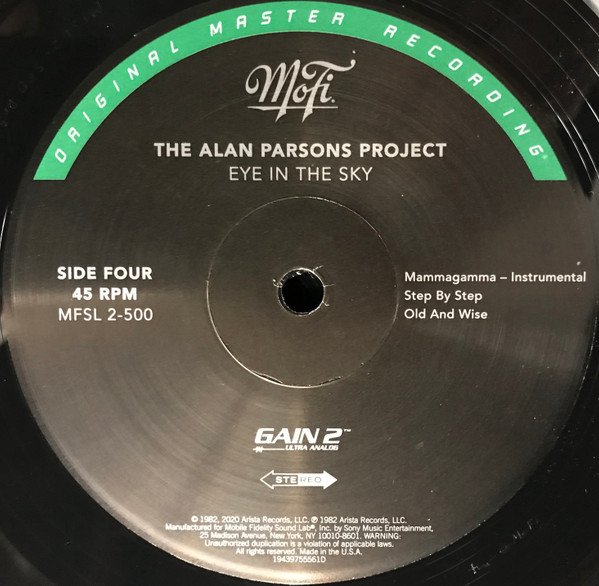
I did not have the 2007 Speakers Corner Records [AL 9599] remastered and cut by Rob LoVerde at Sony Music Studios, in New York City, and pressed by Pallas in Germany, so I cannot comment on it, but in a funny twist of fate, LoVerde is also credited with assisting Krieg Wunderlich in this present MoFi release.
In spite of the “scandal” and the DSD256 “step”, this recently released remastering by MoFi is the most analogue-sounding Alan Parsons Project album I’ve ever heard and, ironically, is probably the most analogue-sounding MoFi record ever—in the same league as Gino Vannelli’s Powerful People [MFSL 1-041], cut all analog at half-speed by Stan Ricker back in 1980, no less! Keep in mind that I have all six of the Alan Parsons Projects’ first albums in multiple versions, including most of the UK originals, a couple of German and Japanese all-analogue first pressings, Classic Records’ I Robot reissue, and three different previous MoFi versions among a total of one-hundred MoFis spanning the earliest JVC pressings, ANADISQ 200 series, and up to the present releases. Of these MoFis, I have nine “One-Steps” in my collection. Clearly, Krieg Wunderlich worked his magic with this latest release and pulled one out of the bag once again!
Now that the internet is all abuzz about transparency, full disclosure: I got this MoFi release as a promo copy, but more important, now that I’ve heard it, the question is, would I spend my hard-earned cash to buy it? Absolutely yes, without a moment’s hesitation, and I’ve already recommended it in spades to my audiophile friends. That’s how fantastic it sounds.
So, what have we learned here, fellow music lovers, vinyl collectors, and audiophiles?
- The truth will set you free.
- Transparency is key.
- DSD is subjectively transparent and does not impart a digital trace or aftertaste.
- When sourced from analog, the use of a DSD file has the important benefit of preserving precious, historic, fragile magnetic tape from further degradation or, heaven forbid, serious damage from running the tape multiple times. It opens the remastering industry to a larger portfolio of music genres and the vaults of major labels who may object to lending their master tapes. In addition, it liberates the mastering engineer and label to experiment to the nth degree using the best EQ and cutting practices, without pressure or time constraints, to reach that pinnacle of sound reproduction we all yearn for.
- In all manufacturing chains, everything is important, but in the realm of remastering an album and the final sonic product, the inclusion of DSD is way, way down the list of subjective sound alteration, and is negligible at most. By far, the most important factors are the sourced tape’s sound and condition, its transfer, the mastering engineer’s experience and sonic choices, the equipment (reel-to-reel tape decks, EQs, limiters, cutting lathes, etc.). There’s also the plating, fathers, mothers, stampers, and pressing plant. All take precedence over “is it truly AAA”, or “could it be AADSDA”, or whatever initialism one relies on when buying a record. I rely on my ears and they tell me this Eye in the Sky is a sky-high homerun!
Personnel:
- Alan Parsons – keyboards, Fairlight programming, vocals
- Andrew Powell – orchestral arrangement, conductor, and piano
- Eric Woolfson – main vocal, keyboards (track 2, 5, 12 & 14)
- Stuart Elliott – drums, percussion
- David Paton – bass, lead vocal (track 3)
- Ian Bainrson – acoustic & electric guitars
- Mel Collins – saxophone
- Chris Rainbow – main vocal (track 4)
- Lenny Zakatek – main vocal (track 6 & 9)
- Elmer Gantry – main vocal (track 7)
- Colin Blunstone – main vocal (track 10)
- The English Chorale – choir vocals
- Bob Howes – chorus master
Additional credits:
- Produced by Alan Parsons
- Executive-producer – Eric Woolfson
- Recorded 1981-1982 at Abbey Road Studios, London, UK
- Engineered by Alan Parsons assisted by engineer Tony Richards
- Coordinator and Mastering consultant – Chris Blair
- Remastered and lacquer cut by Krieg Wunderlich, assisted by Rob LoVerde at Mobile Fidelity Sound Lab in Sebastopol, CA
- Plated and Pressed by RTI, CA, USA
- Art Direction by Roland Young
- Sleeve Artwork by APB, Colin Chambers, and Hipgnosis
- Photography by Keith W. Lehman
For more from Claude Lemaire visit…
https://soundevaluations.blogspot.ca/






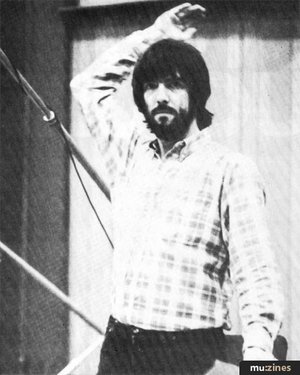


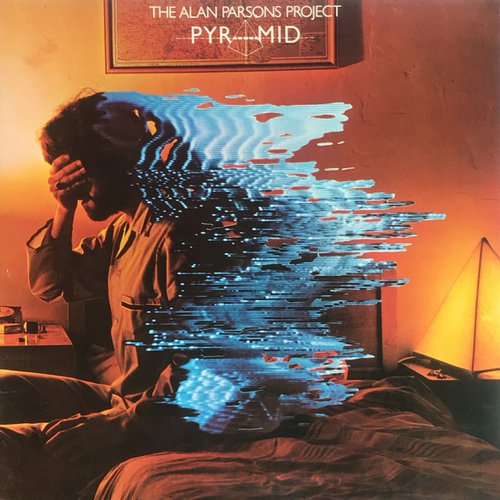
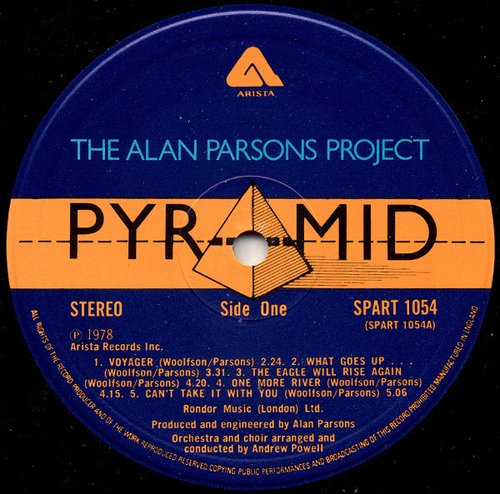
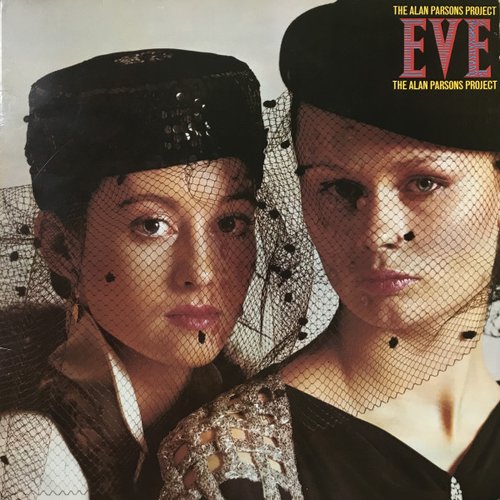
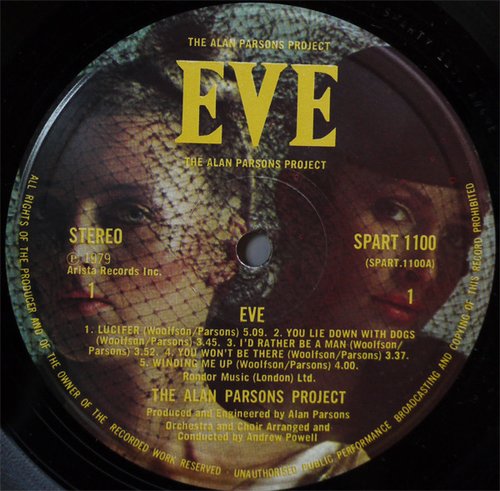
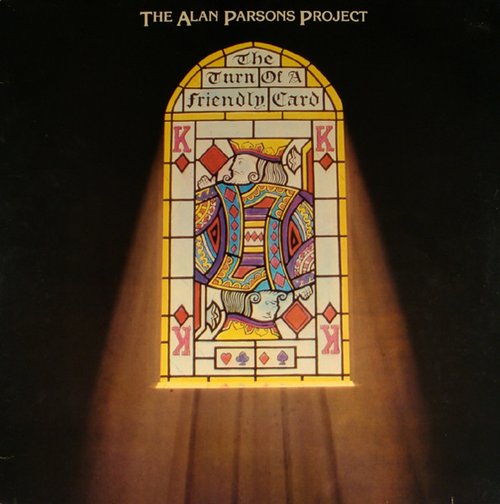
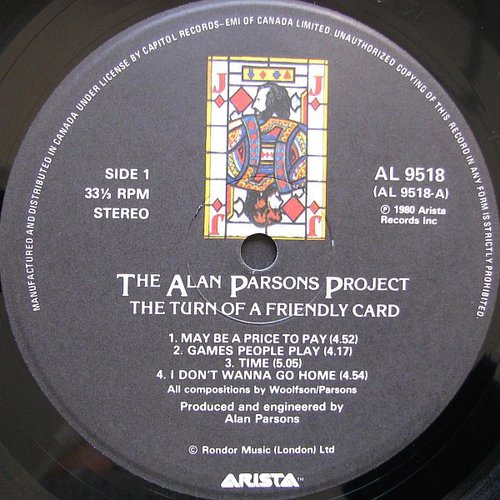
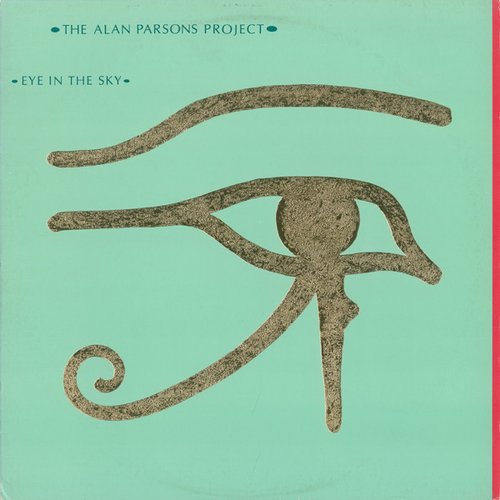
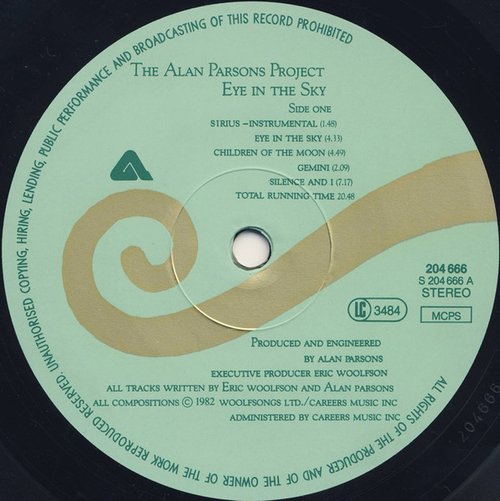

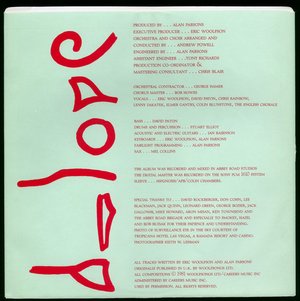
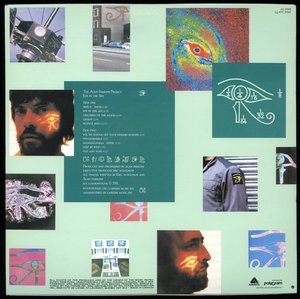
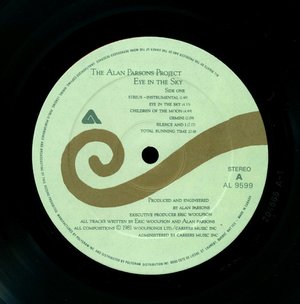
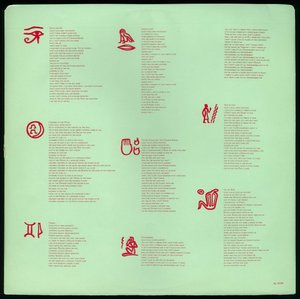
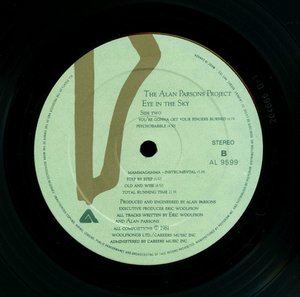















Leave a Reply